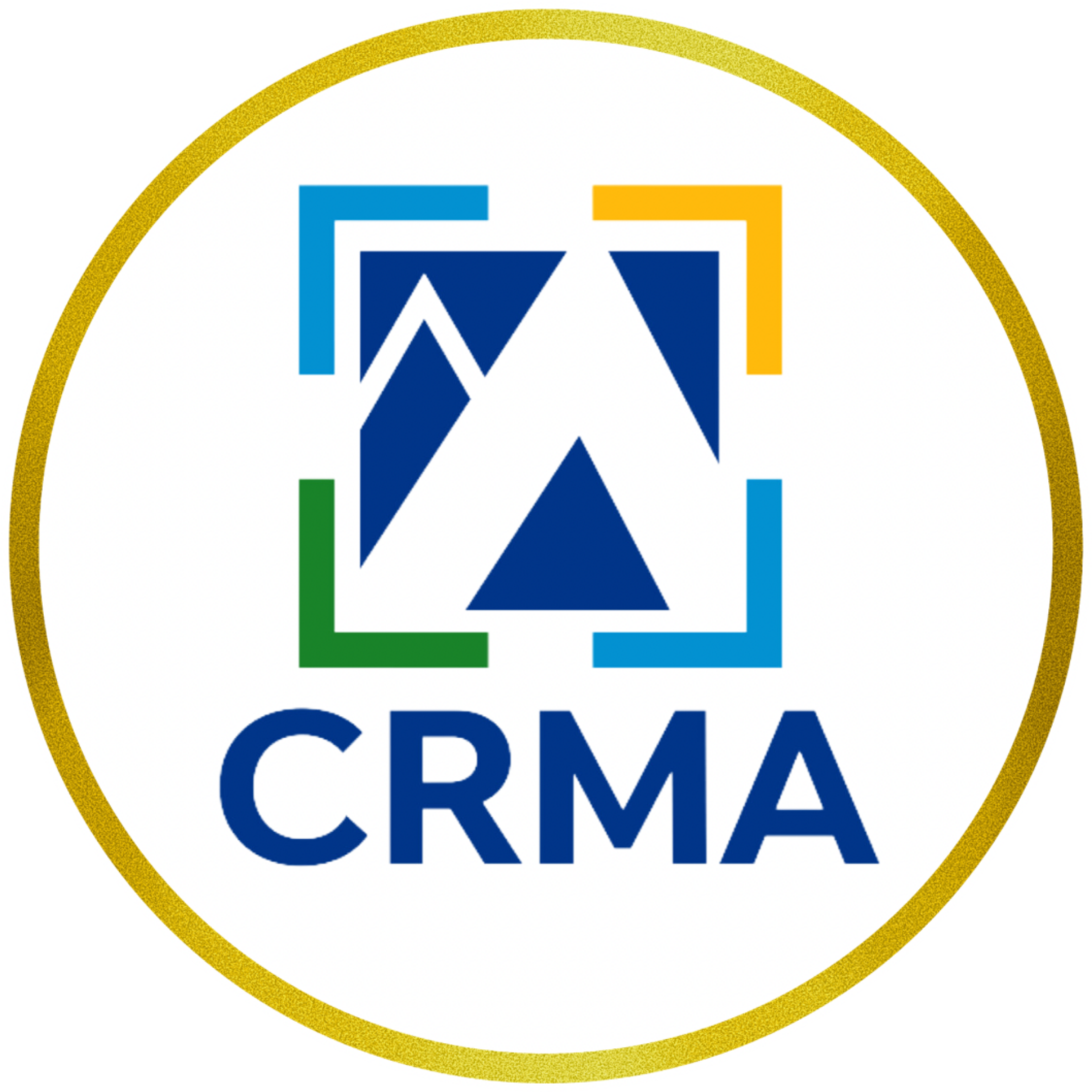What is Fatigue Risk?
Fatigue plays a vast role in all industries in terms of performance, safety, and productivity. It ranks frequently among the top five human performance factors. The US National Safety Council estimates that fatigue costs more than $136 billion per year in lost productivity alone. 84% of this cost is due to reduced performance at work, rather than absenteeism. (https://www.nsc.org/work-safety/safety-topics/fatigue/calculator/cost). 2020 might be the year many people started working from home. But how is your organization managing its changing work and related fatigue risk?
Adding to the traditional causes of fatigue, in 2020, is the mental health toll of job loss and economic downturns. Other stressors include social distancing, health anxiety, loss of leisure and more. This is resulting in increased sleeplessness and fatigue representing a significant and growing risk factor.
In oil and gas operations specifically, fatigue can have detrimental and catastrophic effects. The BP Texas City Incident of 2005, resulted in the death of 15 workers, 180 injuries, and a loss of at least $1.5 billion. The fact that some operators had been working 12-hour shifts for as many as 29 consecutive days helped identify fatigue as a contributing factor. Another major incident was the Piper Alpha, North Sea oil platform disaster in 1988 that resulted in the deaths of 167 workers. (https://www.theguardian.com/business/2013/jul/04/piper-alpha-disaster-167-oil-rig). Poor communication at the shift turnover was a contributing factor.
That said, similar consideration of this risk type must take place in the utilities, construction, manufacturing, marine and the protective services within Trinidad and Tobago. But is it?
- How closely do your HR, HSE and Operations departments collaborate to identify potential at-risk employees and situations that can result in a fatigue risk eventuating?
- Are Fatigue risk assessments (people/systems) contemplated/examined within your institution?
- Have you discussed this issue with your EAP administrators as an emerging risk?
